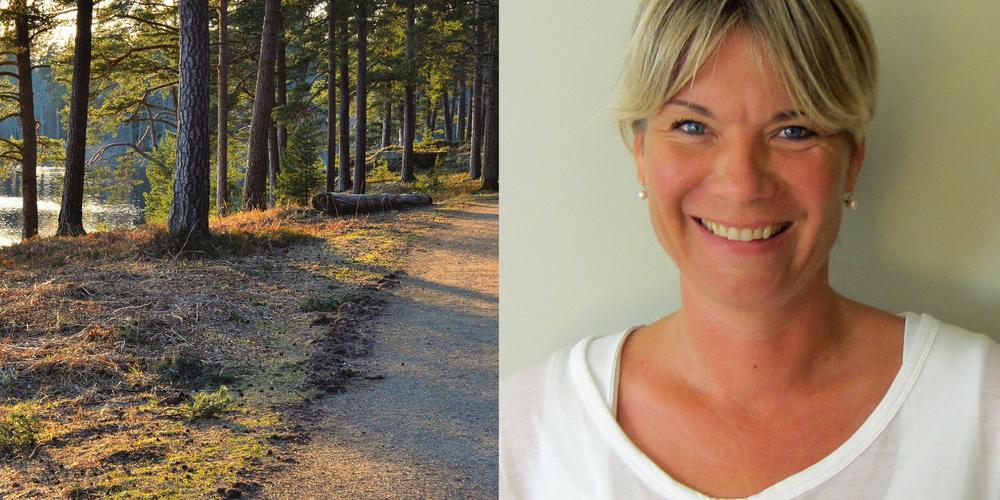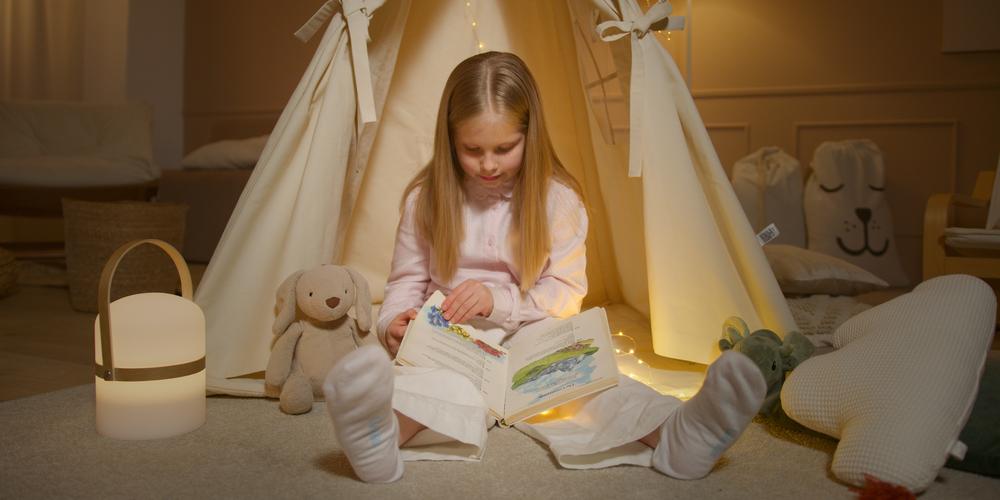
- Home
- Research
- Find research
- Late language development at the age of 2.5: language disorder, other developmental disorders and quality of life. A prospective longitudinal population study.
Late language development at the age of 2.5: language disorder, other developmental disorders and quality of life. A prospective longitudinal population study.
We meet with Ulrika Schachinger-Lorentzon, specialist speech therapist and PhD at the Gillberg Neuropsychiatry Centre.
First of all, I wonder if you can tell me a little about yourself?
After leaving a career in the railway industry and retraining at an older age, I today work as a specialist speech therapist at the Speech Therapy Clinic for Children and Adolescents and the Neuropsychiatric Clinic for Children and Adolescents at (CNC) Queen Silvia Children's Hospital. There I meet small children, often immediately after they have screened positive at the 2.5 years language screening and where language is often the first marker of incipient ESSENCE.
When I am not meeting small children I love to travel – both charter and weekend trips. Occasionally also a longer trip, last time it was South Africa. I also enjoying staying in hotels. Spending time with family and friends is also important. Interests that are not really compatible with a pandemic. Luckily, one can go for walks. They are important for me. Walks allow you to clear your mind of impressions and thoughts, but also provide new perspectives.

How did you become interested in research? What questions interest you and how did you get into this particular area of research?
I have worked as a speech therapist for over 10 years and believe that it is important to base clinical interventions on research. Therefore, clinical research is important to me. I think it is very important that studies should add something to the clinical activities both in the short and long term. In my work with young children, the perception often is that these children have an ESSENCE profile, i.e., that the language disorder is not the only function-related neurodevelopmental condition. I partly lack scientific evidence to support that feeling, as there are few Swedish long-term studies on children with language disorders. More longitudinal studies are needed to make language disorder, its consequences and characteristics more known. Language is often the most prominent aspect when development deviates from the norm, and perhaps the first marker of an ESSENCE profile. Despite this, language disorder is relatively unknown, and not least that the difficulties can persist well into old age and change character over time. I think it is very important that we work to make language disorder known not only to clinicians but also to people who meet the child in everyday life, such as staff in preschool and school. When I had the opportunity to follow a group of children with delayed language development, I jumped at it.
I am also interested in research that helps us understand the underlying factors for various behaviours, such as the importance of perception. I keenly follow studies of this kind even though I am not active as a researcher in this field.
You are a doctoral student at GNC, what is your project about?

My doctoral project is called: “Late language development at the age of 2.5: language disorder, other developmental disorders and quality of life. A prospective longitudinal population study.” The project began with 100 2.5-year-old children who did not pass the language screening at CHC and were recruited to the project after their referrals had been accepted at the Speech Therapy Clinic. The speech therapist assessed the child linguistically and parents filled in a questionnaire on general development called "2-5" (the toddler version of 5-15). The results showed that language screening is a good instrument, as 87 out of 100 met criteria for language disorder. Parents' concerns about their child's development also increased as the child's language difficulties became more pronounced according to the 2-5 screening questionnaire. Three years later, when the children were 6 years old, the participants were invited to a follow-up assessment, 85 of whom consented. Now, they were assessed with a broadly validated test battery by a speech therapist. The parents also filled in forms about the child's development, quality of life and communicative profile (5-15, PedsQL and CCC2). These data are being analysed and processed in various sub-studies, for example through the recently submitted article on parent-reported development and quality of life, which shows that parents' concerns for development to some extent remain and that quality of life can be difficult to measure with the use of forms at 6 years of age. In addition to this material, I will also gather information about other care contacts and assessments, study diagnostic stability and interventions offered over time. As the proportion of multilingual people in the group is high, comparisons will also be made between monolingual and multilingual children.
Why did you choose this particular subject for your doctoral studies?
I think it is important to use longitudinal studies to show the language profile of the children who are detected through language screening and what their developmental path looks like. I also think it is important to analyse the type of intervention that the children have been offered and whether the families have completed the intervention – important information for the design of clinical activities.
What are you working on right now?
Right now I am devoting my time to analysing the children's storytelling ability because that is a validated way of being able to assess whether language difficulties persist at the age of 6 and thereby also assessing potential risk factors for future reading and writing learning. Furthermore, also how the storytelling ability is affected by various anamnestic factors such as different babble development, lexical debut and sentence length at 2.5 years of age and socioeconomic status (SES).

What challenges do you expect?
In research, you often need to stretch and rethink, sometimes several times over. That can be challenging, I think. I am a person who likes to get on with things. A good trait sometimes, sometimes not. Since I do research part-time, it is important to try to plan the time carefully, but schedules constantly change. A constant responsibility that researchers have is to be updated on new studies. This may mean, for example, that you may sometimes have to revise your project plan prior to a sub project both once and twice. But it is also a wonderful feeling to look back and realise that you know a little more now than you did before.
What aspects of your doctoral studies do you like the most? What is most difficult?
Being a doctoral student gives a great deal of freedom and variety. Through courses, seminars and data analysis you meet interesting people and get new impressions. Something that may not always be as easy is to try to maintain a more neutral attitude when you are intensely involved in a single thing. I sometimes feel that it is challenging to leave the clinical role for the more theoretical research role. However, I'm getting better at it.
